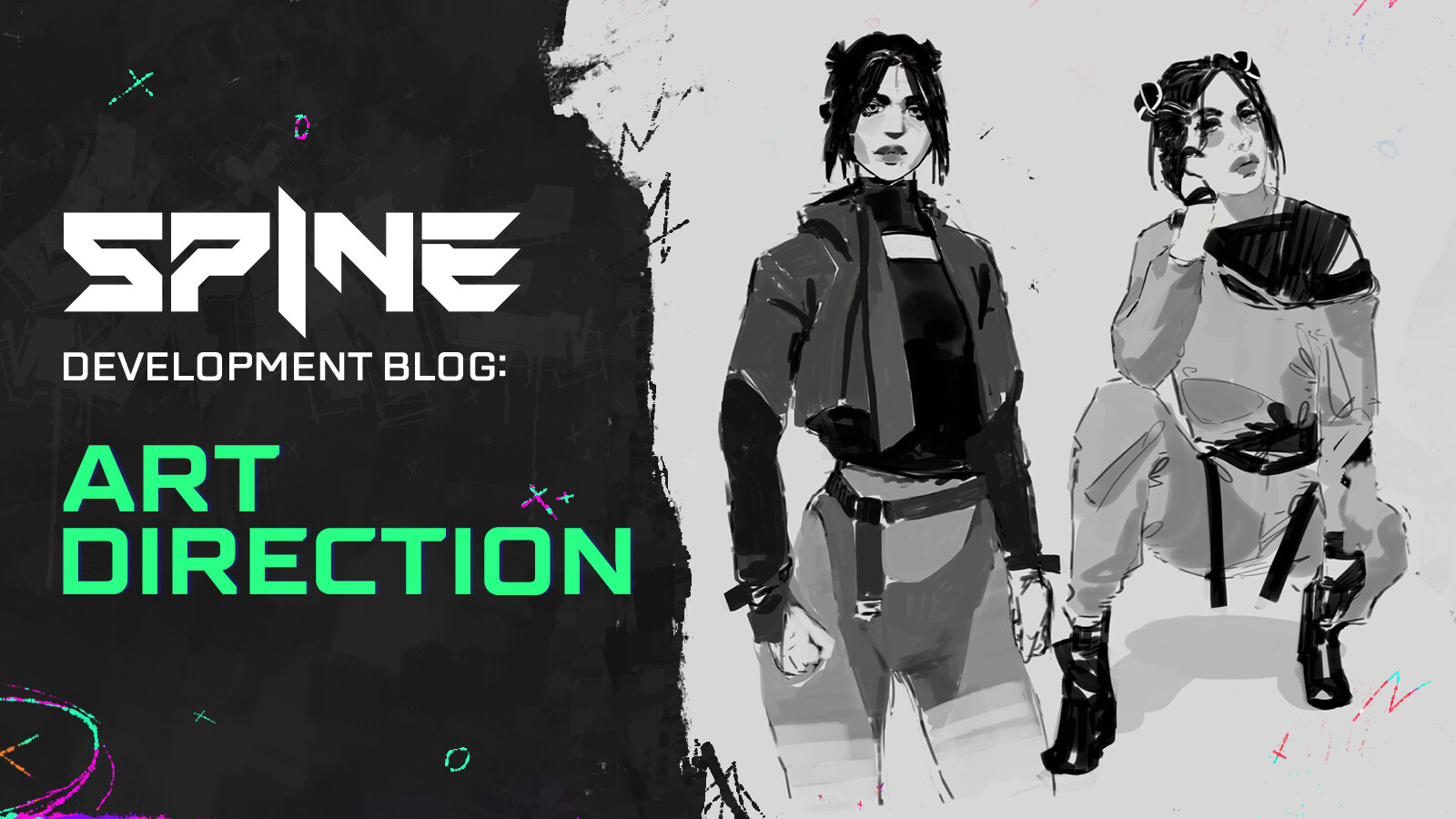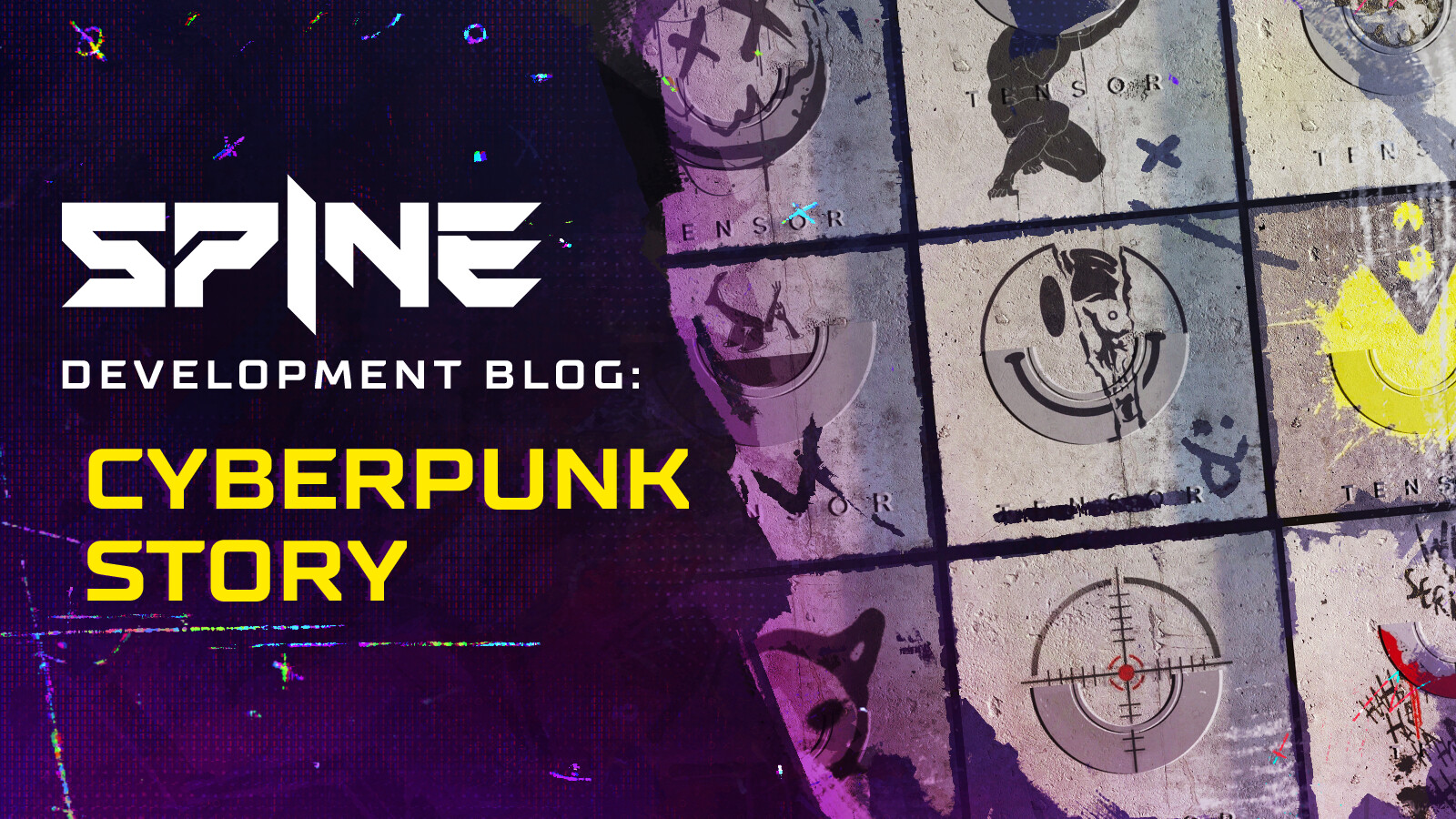SPINE DEVELOPMENT BLOG: BOSS FIGHTS
Hello, Tensor citizens!
Today, we want to discuss one of our game’s most important aspects: SPINE boss fights. What makes them special, how do we design them, and why do they stand out? The answer is a unique approach to their development. Still, we don’t want to spoil all the fun, so we promise not to tell too much and keep the element of surprise.
So, we talked to our senior game designer, Dmitry Oshchepkov, who outlined the principles and foundations of our special approach to developing every nuance of exciting boss fights in action games, specifically within SPINE.
What Makes a Great Boss?

Before we started developing SPINE unique bosses, the team and I agreed that they would stick to our core gameplay pillars: Freeflow combat system, cinematic presentation, responsive controls, and that all-important feeling of being the action movie hero. But bosses need something extra to stand apart. So we set a few points that have to make them feel unique:
-
A Sense of Spectacle
A boss fight should make an impact, whether through its choreography, stakes, or sheer intensity. -
Memorability
They need to leave a mark—whether it’s through their personality, visual design, distinctive SPINE combat mechanics, or unique instances. -
Original Combat Design
Every boss introduces something new, making each encounter feel fresh. -
Competence
A boss should feel like a skilled adversary, not just an enemy with a bigger health bar. This is a core aspect of good SPINE enemy design. -
Fair but Tough Challenge
The fight should be demanding but rewarding, pushing players to improve and adapt.
There are many things to consider here, and to ensure we maintain balance, we’re working with iteration. So we decided to hold weekly studio-wide playtests, gathering feedback and making adjustments. Some bosses evolve dramatically through this process, shifting from their initial concept to the climax of a short action movie feeling we’re aiming for.
From Concept to Combat
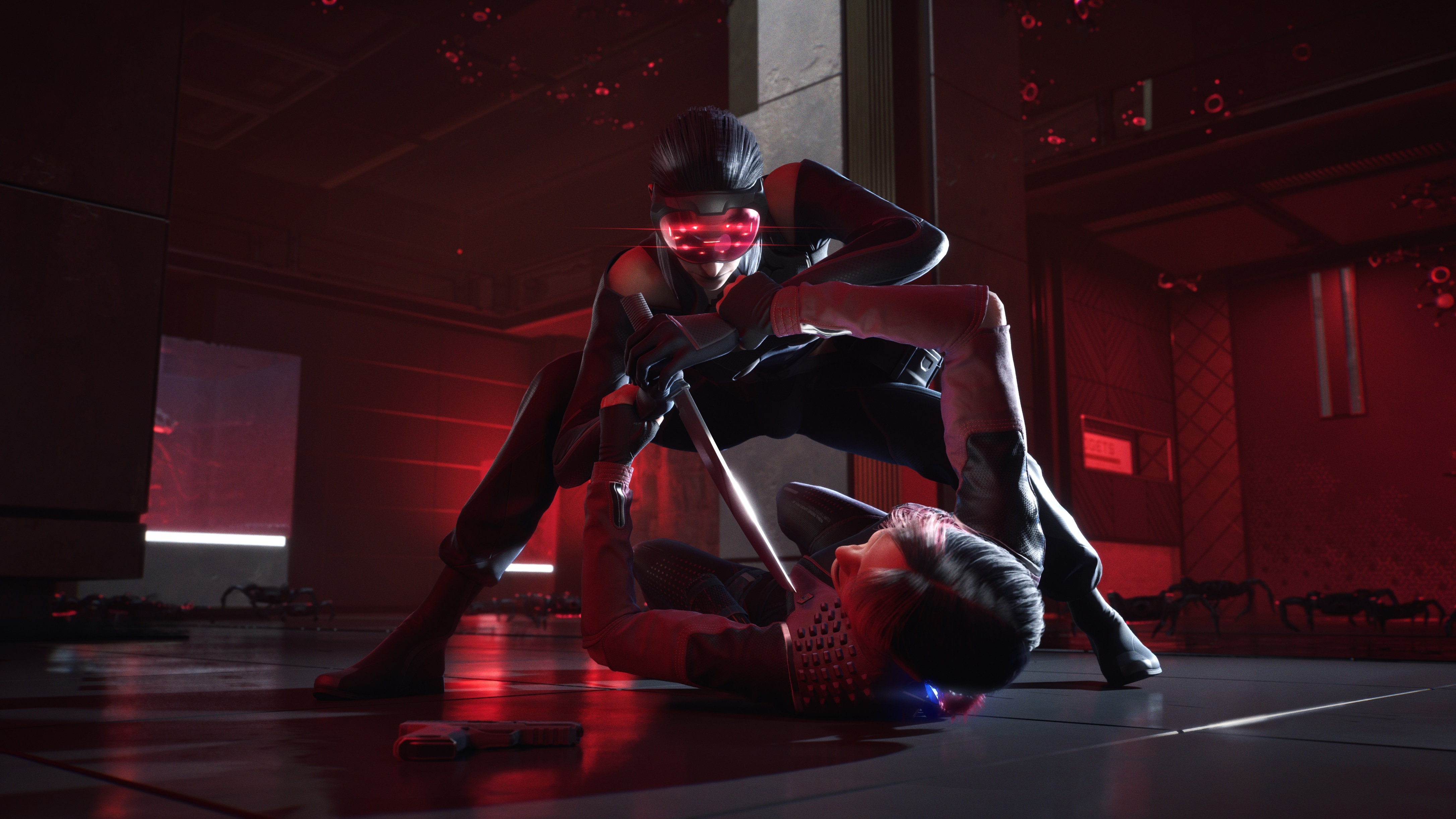
Every boss starts with a strong identity created by our talented narrative team, following principles we’ve discussed in our previous blog about SPINE narrative design. Writers flesh out each character’s backstory, personality, and motivations, laying the foundation for their visual style, narrative integration, and combat behavior—key steps in understanding how bosses are created in video games. To keep this vision consistent across teams, we define bosses through three layers:
-
Outer Layer
What players immediately see: their silhouette, combat style, voice, and presence. This determines whether they exude brute force, precision, or unpredictability—fundamental elements of good SPINE boss design. -
Middle Layer
Personality traits that influence their fighting style, like arrogance, relentless aggression, or a tendency to toy with the player. -
Inner Layer
The more profound, often unspoken characteristics—regrets, ambitions, or hidden vulnerabilities—are reflected subtly in cutscenes, animations, or environmental storytelling.
Once this groundwork is in place, artists and designers refine the character’s look and movement while our game design team experiments with mechanics matching their persona. If a boss is meant to feel relentless, their attacks should occur rapidly, showcasing distinctive SPINE combat mechanics. If they’re a master marksman, their accuracy should be unmatched.
Shaping the Fight
In SPINE, every mission plays out like a short action movie, often with a victory over the villain at the end. That means each boss fight must push both Redline and the player to their limits—a real test of movement, timing, and reaction. We always start with rough prototypes, using placeholder animations and effects, to experiment with attack patterns and pacing. Then, through iteration, we refine animations, AI behavior, and visual cues, ensuring engaging Cyberpunk boss fights.
A significant part of this process involves striking a balance between power and agility. Each boss falls somewhere on a spectrum:
-
Strength vs. Speed
Do they crush opponents with raw force or rely on lightning-fast precision? -
Gun Fu vs. Traditional Combat
Do they mix ranged and melee combat seamlessly, or do they favor one? -
Human vs. Enhanced
Are they grounded in realism, or do they have unique abilities that set them apart?
Every move needs to be readable. A boss should challenge the player but never feel unfair. Carefully designed telegraphs—subtle shifts in stance, precise SPINE boss animations, anticipation movements, and sound cues—help players react and improve with each attempt.
Martial Arts of Animation
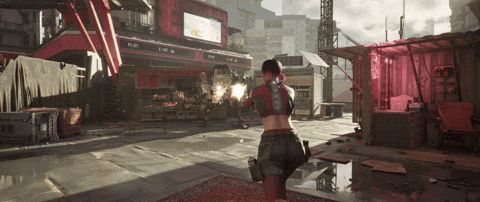
SPINE’s combat is all about fluid, stylish movement, and SPINE boss fights demand our best work. We closely collaborate with our animators, ensuring every motion feels deliberate and weighty, whether an attack, dodge, or moment of hesitation.
We start by defining the boss’s combat identity, categorizing them on multiple scales with different questions that help determine how to animate bosses in games:
-
Novice vs. Professional
Do they fight with a seasoned assassin’s precision or a brawler’s unpredictability? -
Minimal vs. Maximal Gun Fu
Do they lean heavily into stylish gunplay or keep things grounded? -
Comical vs. Menacing
How exaggerated or serious is their animation style?
Once we have a clear direction, we perform multiple animation passes, fine-tuning every detail. Motion capture provides a realistic base, but we exaggerate key movements to make attacks feel weighty and satisfying, using Cascadeur software. We test these SPINE boss animations in real gameplay fights, adjusting the timing and impact until everything falls into place.
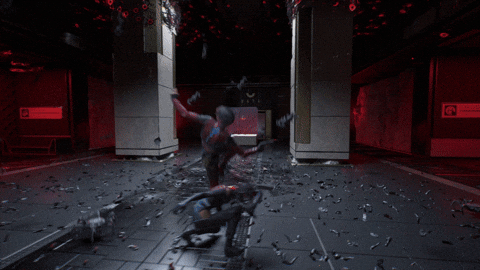
Gun Fu Challenges and Freeflow Solutions

Even with a well-structured approach, challenges always arise. One of the biggest is making them visually distinct—a boss should be instantly recognizable, with clear silhouettes and a striking SPINE boss design. Ensuring clarity in combat is another crucial factor. Players need to quickly read enemy movements, even in high-speed battles. We achieve this through carefully designed animations and clear visual cues.
Balancing realism with gameplay is also key. SPINE is grounded in reality, but sometimes we slightly bend realism to maintain fluidity and fun. Ranged combat, in particular, presents challenges—Gun Fu fights need careful pacing to keep ranged attacks engaging rather than passive. We resolve these issues through continuous iteration, joint playtests, and departmental collaboration, refining SPINE combat mechanics. Every minor tweak—whether to an animation, attack pattern, or visual cue—brings us closer to truly exhilarating fights.

Looking Ahead
A boss battle in SPINE isn’t just about difficulty—it’s about spectacle, skill, and a distinctive cinematic feel. We crafted every detail, from the first concept sketch to the final polished fight, creating memorable Cyberpunk boss fights that stick with players.
As we refine each encounter, we’re excited to share more of the world, the characters, and the gameplay that defines SPINE. There are plenty of details to reveal, and we can’t wait for you to take on these battles yourself.
Stay tuned—some of the toughest, most cinematic SPINE boss fights are still ahead.
